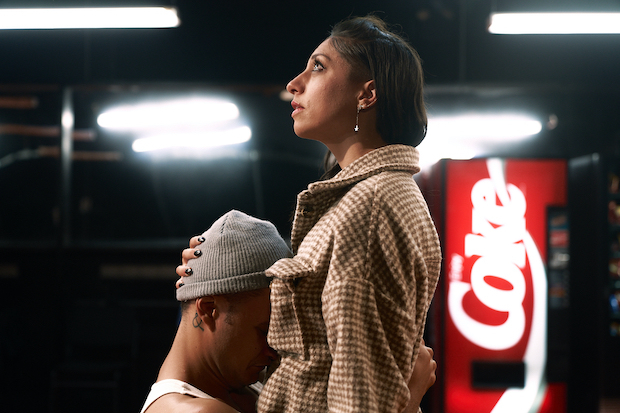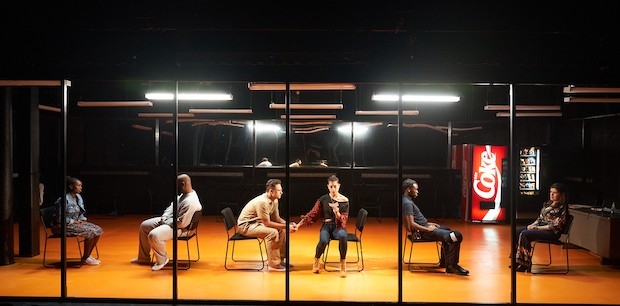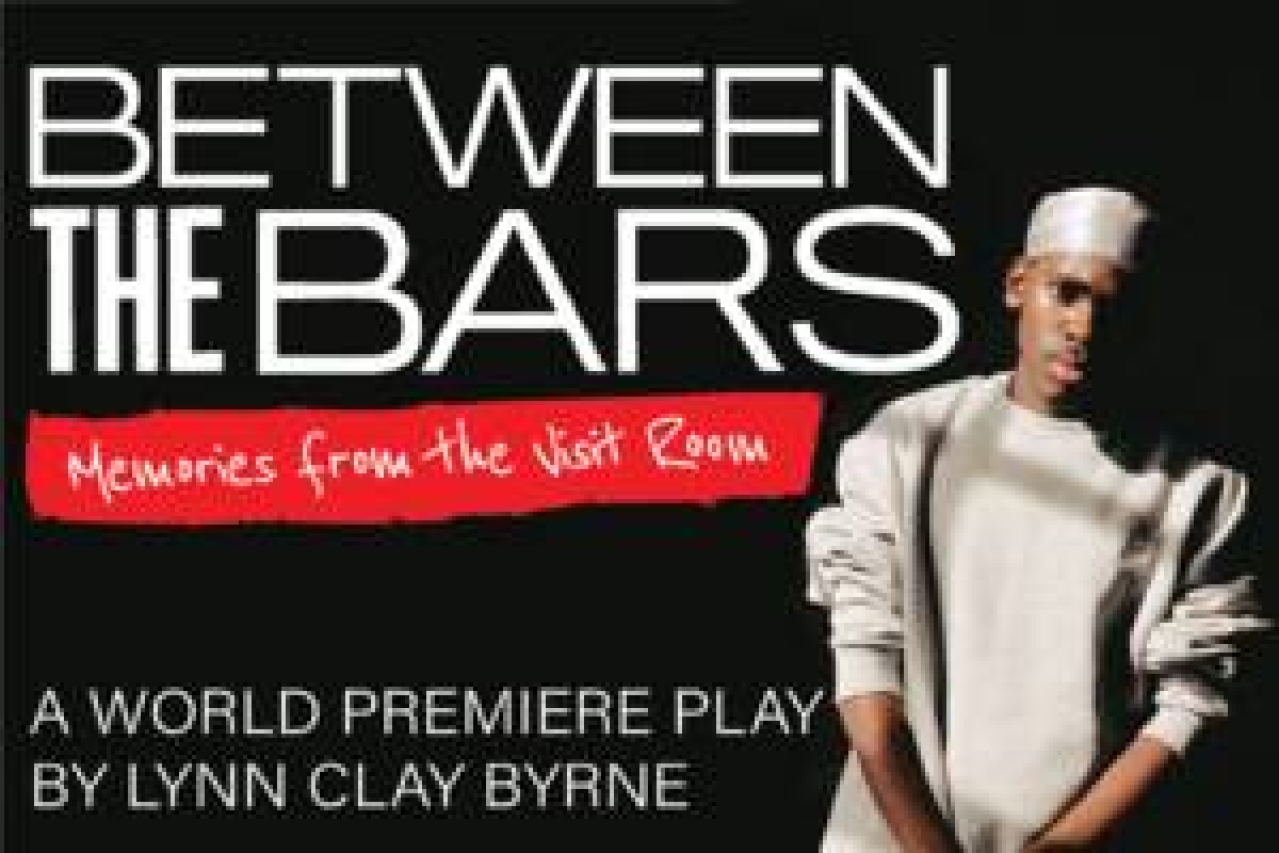Review: Between the Bars Takes Audiences Inside the American Prison System

(© Mati Gelman)
Americans have an enduring fascination with the lives of prisoners, if the popularity of shows like Oz and Orange Is the New Black is any indication. Indulging in these lurid soap operas is the least we can do, considering that the United States incarcerates a larger share of its population than any other country on earth (at least among those with reliable statistics). Presently, over 2 million of our fellow Americans live behind bars, which means that the proportion of Americans with a loved one in prison is even higher. Lynn Clay Byrne attempts to capture their stories in her new drama, Between the Bars, now making its world premiere at HERE Arts Center.
It takes place in the visit room of an Upstate New York prison, where Arlene (Carol Todd) regularly meets with her incarcerated son, Chad (Christopher Mowod). Sorrell (Katie Mack) tags along, ostensibly as company for Chad's cellmate, McGee (Juan Arturo, speaking in a frosty monotone that makes it clear he asked for no such thing). Social worker Tisah (Nowani Rattray) visits Attis (Chad Carstarphen), a gentle giant who seems incapable of committing the assault that landed him here. The entire time, officers Maroni (Akeil Davis) and Tabor (Mowod) keep a close watch, limiting physical contact to one allotted hug at the beginning of each visit. Through a series of short scenes, Between the Bars sheds light on their lives (and those of several other inmates) both in and out of captivity.

(© Mati Gelman)
Byrne has a personal stake in telling this story, having spent time visiting her son in Passaic County Jail. Director Benjamin Viertel has also spent time visiting his father behind bars. The theater has often taken an interest in the lives of the incarcerated in a manner that goes beyond the exploitation of the small screen, from The Fortune Society (founded by theatrical publicist David Rothenberg) to the Public Theater's Mobile Unit in Corrections program. Between the Bars is no exception, emphasizing the humanity of its subjects, rather than the sensationalism of their crimes. That makes it a laudable project, if not the most polished work of drama.
Unfortunately, Byrne has left some sizable gaps in character and plot development. For instance, why exactly does Sorrell agree to join Arlene? This leaves us scrambling to put the pieces together from the last scene right as a new one begins. That's a fair representation of what it might be like to half-overhear a conversation in a prison visitation room, but it is regularly confusing for the audience.
Some of that is mitigated by Viertel's rigorous staging, and lucid performances from the actors, several of whom double roles: Arturo doesn't just play the even-tempered McGee, but the hotheaded Zeke, often switching instantly between them in a way that is crystal clear. Carstarphen is similarly distinct in his portrayals of the credulous Attis and the world-weary know-it-all alcoholic, Massud. Mack doubles as Sorrell and Eve, Zeke's put-upon girlfriend. The low-key anxiety of her physical and vocal performance conveys the dilemma of being between a rock and a hard place.

(© Mati Gelman)
Viertel's production also benefits from a sharply ordered environment. Bryce Cutler's enclosed set features fencing on either side of the stage, what appears to be a two-way mirror upstage, and an incomplete wall separating us from the action. Nine pairs of chairs are arranged in three straight rows and columns, all lit by ugly florescent overheads (appropriately institutional lighting by Mary Ellen Stebbins). As the play progresses, this order breaks down, with the inmates and their visitors seated further apart, their intimate exchanges increasingly visible across the expanse of the space.
‘'Between the Bars'' brings us into the observation tower of the panopticon to witness the interactions between inmates and visitors, whose right to privacy is one of the very first abrogated by just coming in contact with the carceral system. It's a very specific and unpleasant form of humiliation, as this play brutally shows.











